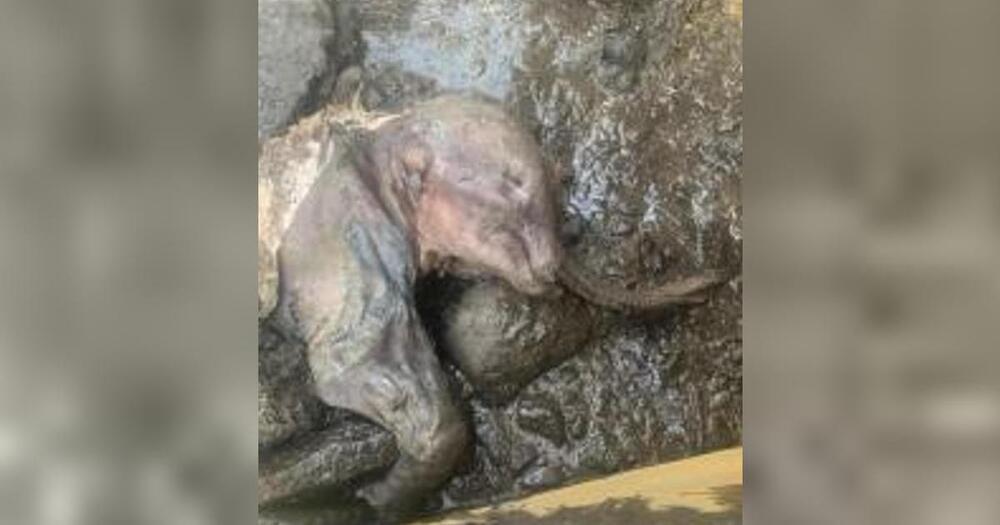
Get the latest international news and world events from around the world.


Rare mummified baby woolly mammoth with skin and hair found in Canada
A gold miner in Canada discovered a near complete mummified baby woolly mammoth Tuesday, according to the Yukon government and Trʼondëk Hwëchʼin, a local traditional territory. The female baby was named Nun cho ga, which means “big baby animal” in the Hän language.
the government’s press release said. She’s estimated to have frozen during the Ice Age, over 30,000 years ago. While alive, she likely roamed the Yukon with wild horses, cave lions and giant steppe bison.
It added that the discovery was “significant” and rare, even for an area like Yukon, which has “a world-renowned fossil record of ice age animals.”

An Ancient Killer Is Rapidly Becoming Resistant to Antibiotics, Scientists Warn
Typhoid fever might be rare in developed countries, but this ancient threat, thought to have been around for millennia, is still very much a danger in our modern world.
According to new research, the bacterium that causes typhoid fever is evolving extensive drug resistance, and it’s rapidly replacing strains that aren’t resistant.
Currently, antibiotics are the only way to effectively treat typhoid, which is caused by the bacterium Salmonella enterica serovar Typhi (S Typhi). Yet over the past three decades, the bacterium’s resistance to oral antibiotics has been growing and spreading.

Quantum microphone works even better than a regular one
View insights.
A quantum microphone can record human speech better than an equivalent classical version, and it could also be adapted for high-resolution biological imaging.


Retina recordings could be the key to identifying Autism and ADHD in children
Early diagnosis of neurodevelopmental conditions, such as Attention Deficit Hyperactivity Disorder (ADHD) and Autism Spectrum Disorder (ASD), is critical for treatment and symptom management processes.
Now, a team of researchers from the University of South Australia has found that recordings from the retina may be used to distinguish unique signals for both ADHD and ASD, offering a possible biomarker for each disorder. According to a press release published by the institution, The team used the “electroretinogram” (ERG), a diagnostic test that measures the electrical activity of the retina in response to light, and found out that children with ASD showed less ERG energy while children with ADHD displayed more ERG energy.

Lipid nanoparticles carry gene-editing cancer drugs past tumor defenses
As they grow, solid tumors surround themselves with a thick, hard-to-penetrate wall of molecular defenses. Getting drugs past that barricade is notoriously difficult. Now, scientists at UT Southwestern have developed nanoparticles that can break down the physical barriers around tumors to reach cancer cells. Once inside, the nanoparticles release their payload: a gene editing system that alters DNA inside the tumor, blocking its growth and activating the immune system.
The new nanoparticles, described in Nature Nanotechnology, effectively stopped the growth and spread of ovarian and liver tumors in mice. The system offers a new path forward for the use of the gene editing tool known as CRISPR-Cas9 in cancer treatment, said study leader Daniel Siegwart, Ph.D., Associate Professor of Biochemistry at UT Southwestern.
“Although CRISPR offers a new approach for treating cancer, the technology has been severely hindered by the low efficiency of delivering payloads into tumors,” said Dr. Siegwart, a member of the Harold C. Simmons Comprehensive Cancer Center.

